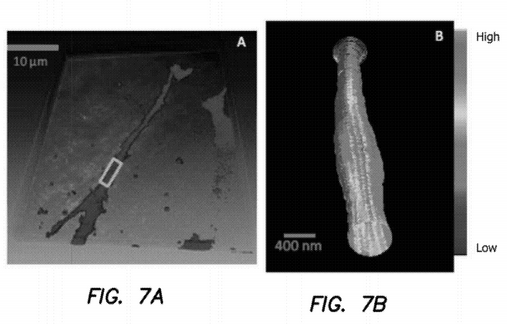Nanometer-Scale Optical Imaging By The Modulation Tracking (Mt) Method
Brief Description
An invention for super-resolution (nanometer-scale) optical imaging of live cells is described. This method is based on feedback principle and can produce nanometer-resolved three dimensional images of small and moving features in live cells in a matter of seconds.
Full Description
Current imaging methods to for super-resolution imaging (such as STED and PALM) are unable to capture the dynamic movements of live cell structures that are continually changing shape and position in the millisecond to second time scale.
Researchers at UC Irvine have developed an optical imaging method for live three-dimensional (3D) super-resolution imaging at the nanometer scale. The method is based on feedback principle in which the specific scan pattern is adapted according to the shape of the sample. The sample is fluorescently labelled, and the position of the fluorescent surface is determined by the modulation of the fluorescence signal as a function of the distance from the surface. This method can be used to 1. Determine the 3D shape of the object and 2. Track the average position of the structure that is being imaged.

Figure 7A is a color image of a protrusion of a MB231 cell expression Paxillin-EGFP growing in a three dimensional collage matrix obtained by the described invention. Figure 7B is a magnified color image of the protrusion seen in Figure 7A at the nanometer scale.
Suggested uses
This optical imaging method has applications in biology, biophotonics, and biomedical research due to its ability to image small cellular structures and produce fast high quality three dimensional images. It can be used in conjunction with microscopes such as confocal and two-photon excitation microscopes that use a small illumination spot.
Patent Status
| Country | Type | Number | Dated | Case |
| United States Of America | Issued Patent | 9,110,282 | 08/18/2015 | 2011-364 |
Advantages
This invention allows users to image live cells without the need for cell fixation. This gives users information about cellular dynamics and biochemical reactions. Furthermore, since this method depends on light modulation, photobleaching has a minimal effect.
Contact
- Alvin Viray
- aviray@uci.edu
- tel: View Phone Number.
Other Information
Keywords
Imaging, super resolution, cells, laser, optical, 3D, microscopy, particle tracking, flourescent
